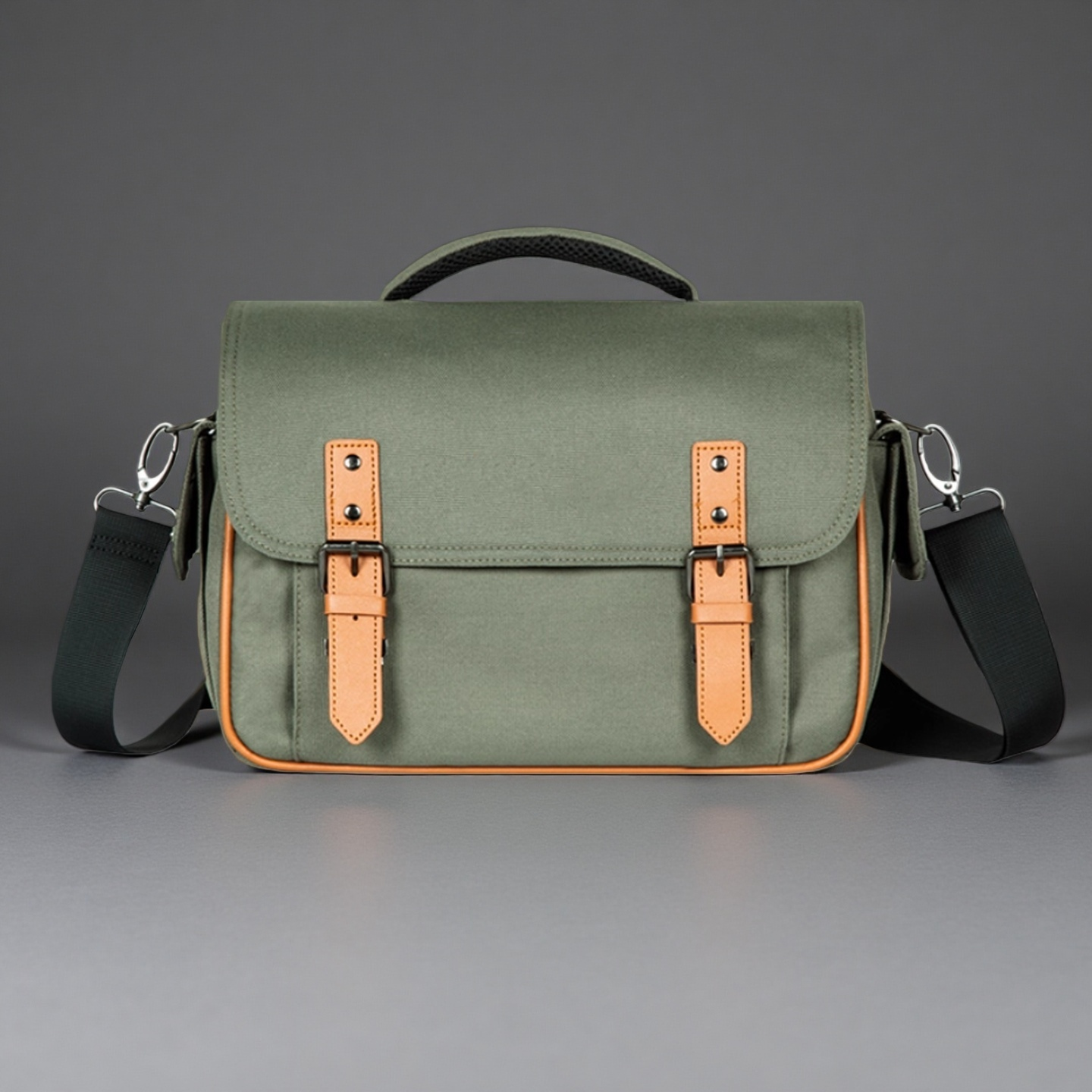
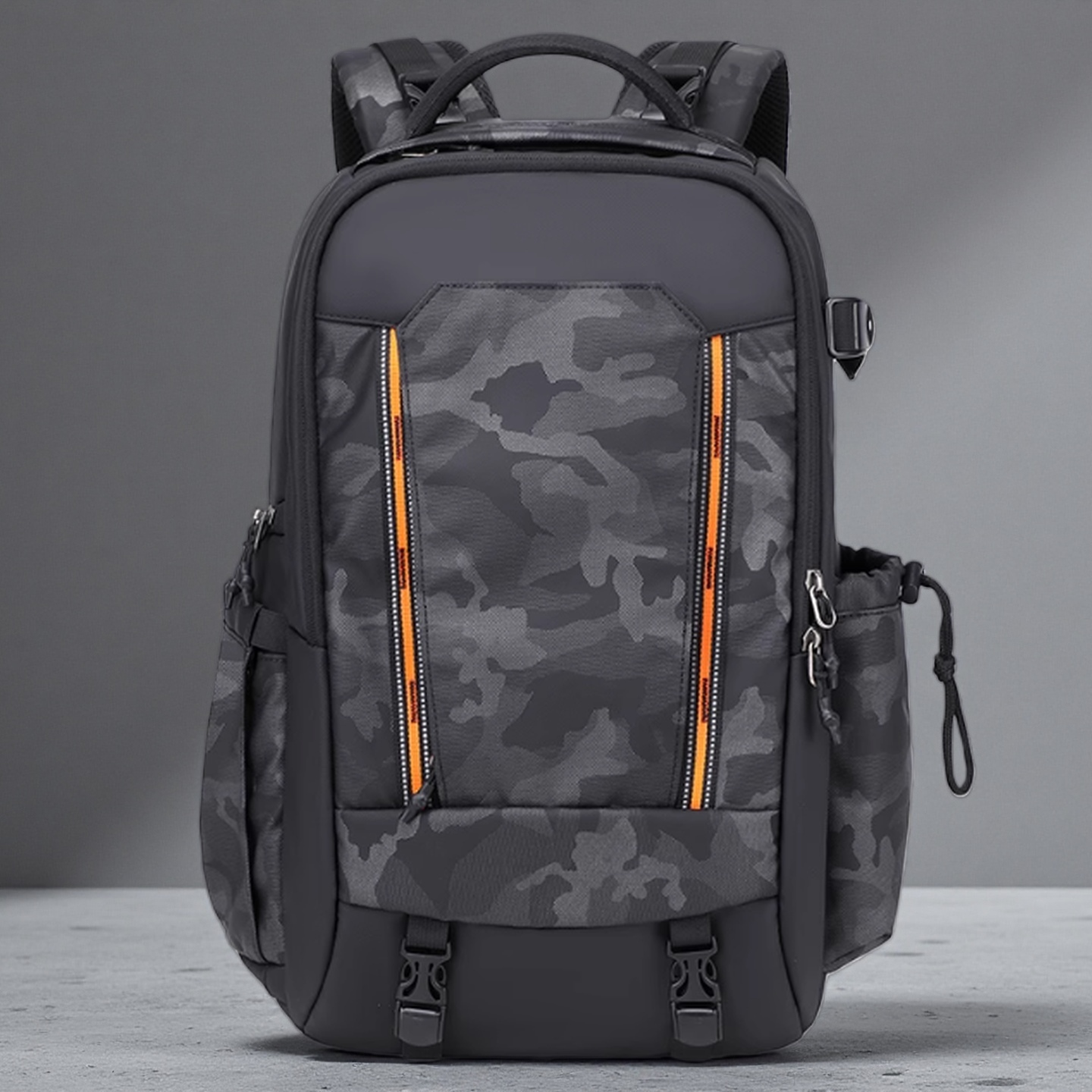
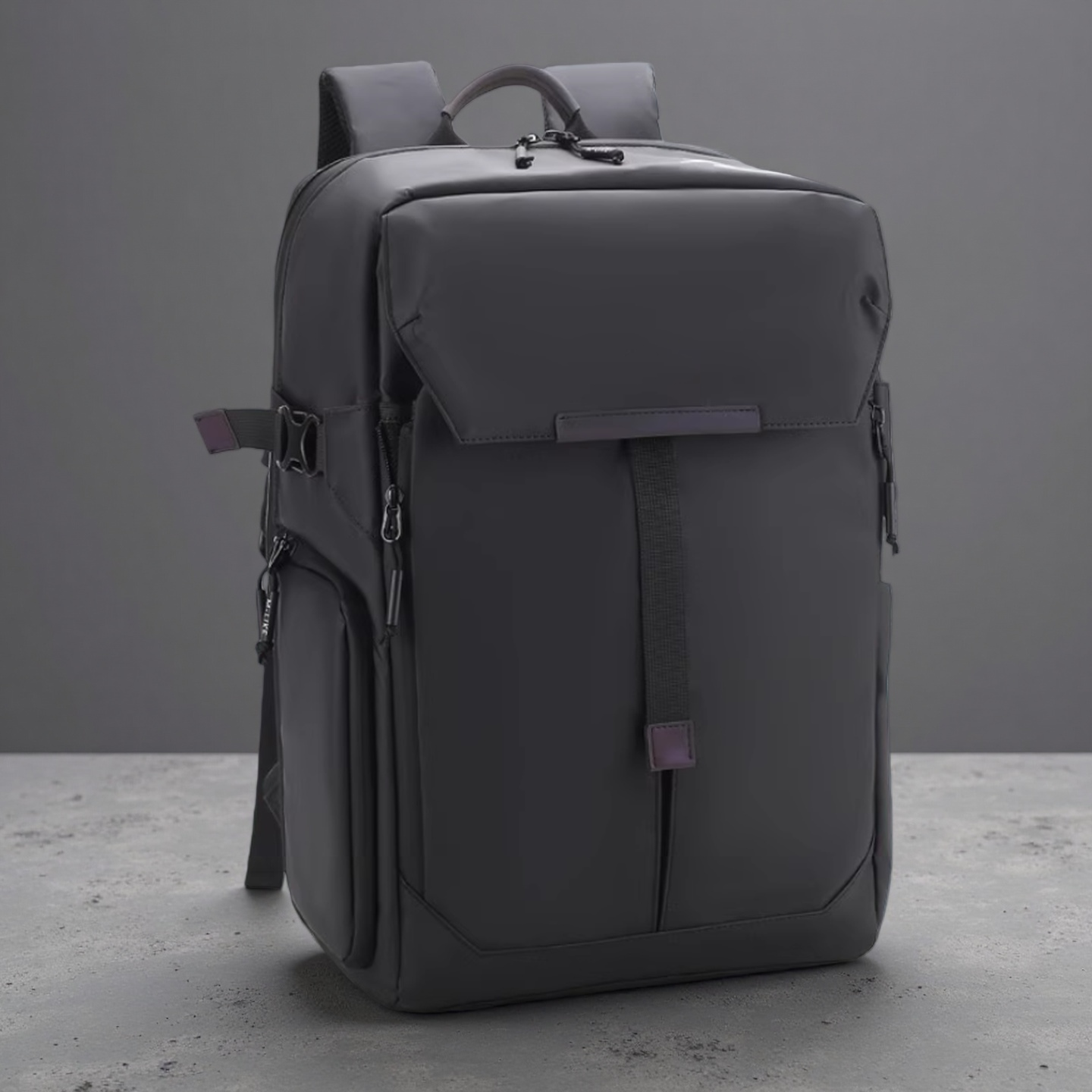
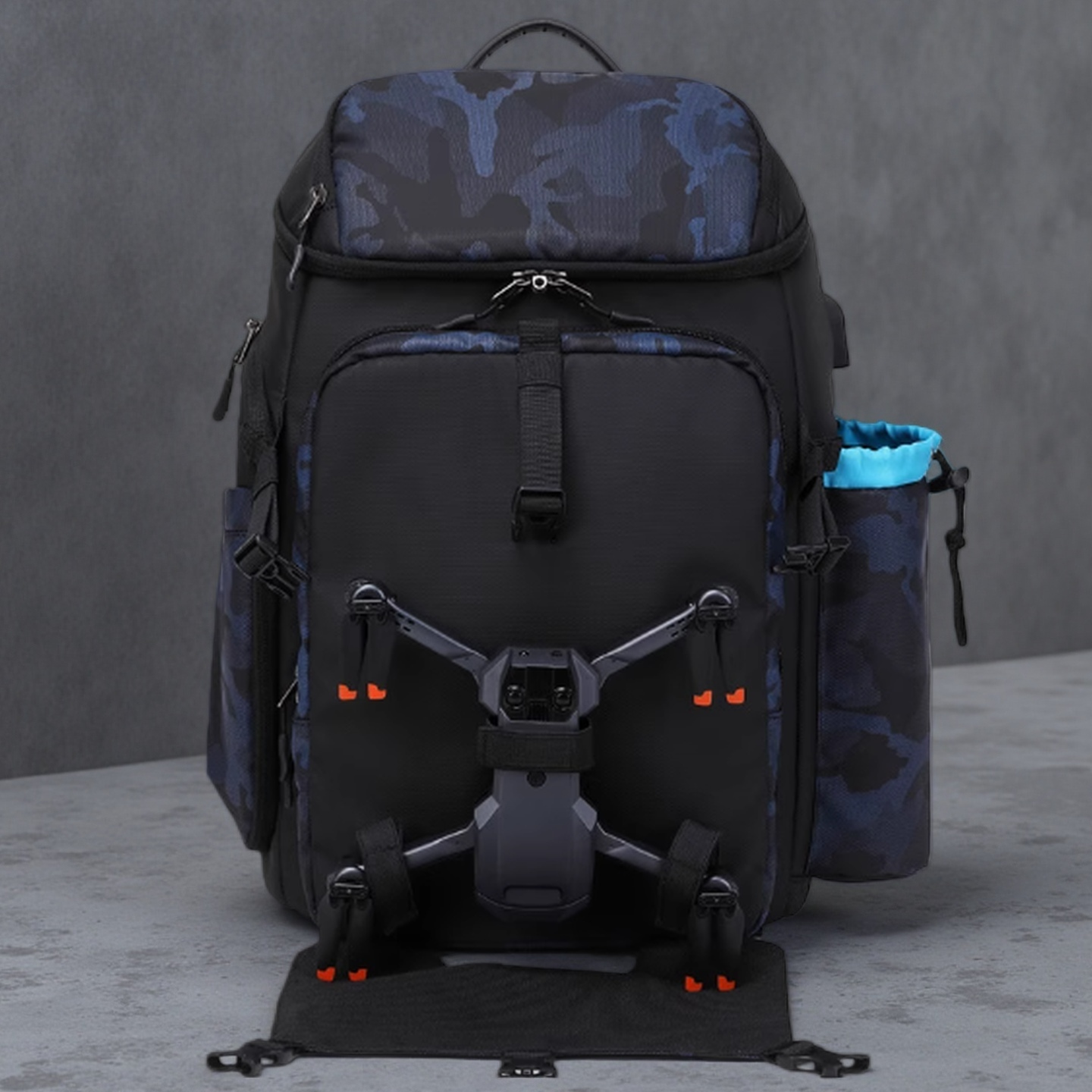




As sustainability and functionality redefine fashion, Europe’s bag industry is embracing innovative materials that balance durability, eco-consciousness, and avant-garde design. For brands and designers crafting custom backpacks, tote bags, and duffel bags, understanding the top 2025 fabric trends is critical. This guide explores the three dominant materials—1680D CORDURA nylon, polyester-ammonia elastic crinkle fabric, and GRS-certified recycled PU/RPET nylon—alongside emerging textures like suede and hybrid leather-canvas. Let’s dive into their features, applications, and why they’re shaping Europe’s bag market.
Ideal for: Backpacks, Travel Duffel Bags
Key Features:
· Military-Grade Durability: Known for exceptional abrasion resistance, 1680D CORDURA nylon withstands harsh outdoor conditions, making it perfect for adventure backpacks and heavy-duty duffel bags[1].
· Waterproof & Fade-Resistant: Its tight weave repels water, while high colorfastness ensures vibrant hues stay intact even after prolonged sun exposure[1].
· Lightweight Design: Despite its toughness, the fabric remains lightweight, enhancing portability for hikers and commuters.
Customization Tip: Pair with reinforced stitching and waterproof zippers for premium travel gear targeting outdoor enthusiasts.
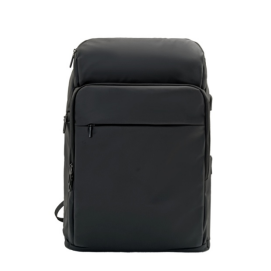
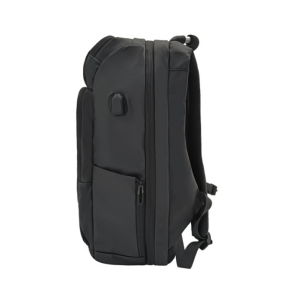
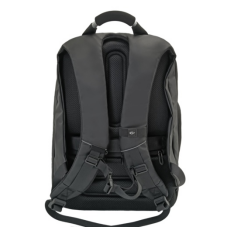
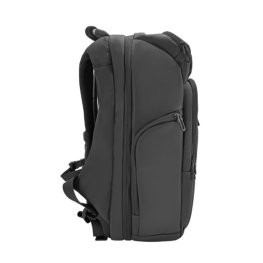
Ideal for: Fashion Tote Bags, Statement Backpacks
Key Features:
· Unique Texture: Using a weft-knit single-sided crinkle technique, this fabric achieves a 3D “crumpled” texture with intricate jacquard patterns, adding artistic flair to designs[2].
· Stretch & Softness: Blending polyester (85–90%) and ammonia (10–15%), it offers flexibility and a silky touch, ideal for ergonomic tote bags and chic crossbody styles[2].
· Specs: 60–90cm width × 400GSM weight ensures durability without compromising on comfort[2].
Customization Tip: Use bold color-blocking or metallic finishes to highlight its texture, targeting urban millennials seeking functional art pieces.
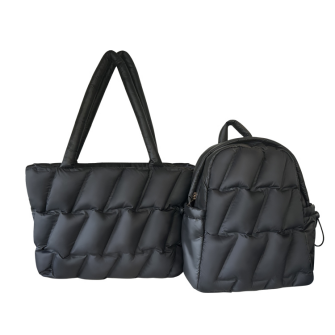
Ideal for: Sustainable Backpacks, Luxury Totes
Key Features:
· Circular Economy Focus: Made from post-consumer waste like plastic bottles, GRS-certified fabrics reduce reliance on virgin petroleum—1 ton of RPET saves 6 tons of oil[3].
· Certifications: Compliant with GRS, Oeko-Tex Standard 100, and SCS Global, ensuring low carbon footprint (25.2g CO2 saved per 600cc bottle) and toxin-free production[3].
· Versatility: From sleek laptop backpacks to structured duffel bags, these materials blend eco-credentials with luxury.
Design Strategy: Add minimalist branding like recycled-material tags to appeal to Europe’s eco-conscious Gen Z shoppers.
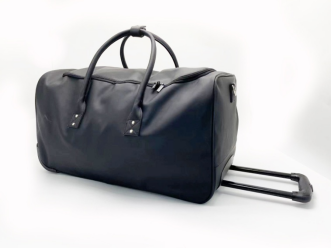
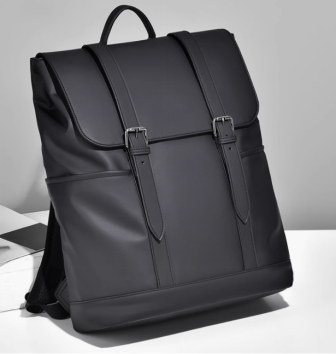
Bonus Trends: Hybrid Materials & Bold Textures
Beyond the top three, 2025 sees a surge in experimental fabrics:
· Suede Accents: Adds tactile luxury to duffel bag trims or backpack panels.
· Hermès-Inspired Canvas-Leather Combos: Elevate tote bags with contrasting textures for high-end markets.
· Plastic-Like Silky Fabrics: Translucent, crinkled materials mimic disposable bags ironically—perfect for edgy, statement pieces.
As Europe’s demand for eco-friendly, durable, and stylish bags grows, aligning with a supplier that masters both innovation and sustainability is key. OSAMIC BAGS offers:
· Expertise in cutting-edge fabrics like 1680D CORDURA and GRS-certified textiles.
· Advanced techniques (e.g., eco-dyeing, crinkle-weaving) to match 2025 trends.
· End-to-end customization for backpacks, totes, and duffel bags—from prototyping to bulk production.
Whether crafting rugged backpacks for adventurers, sleek totes for urbanites, or versatile duffel bags for travelers, leveraging 1680D CORDURA, crinkle fabrics, and GRS-certified materials ensures competitiveness in Europe’s evolving market. Pair these with bold textures like suede or recycled silks to captivate design-driven consumers.
Ready to create trendsetting bags? Contact OSAMIC BAGS today to transform these 2025 fabric innovations into bestselling products!